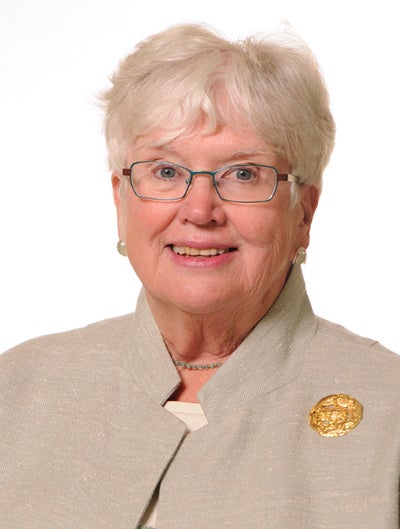COVID-19 Shows How Safety Net Fails Nursing Home Residents
Commentary text

Note: this commentary was originally published as a letter to the editor in the Chicago Tribune.
Where is the outrage? The Wall Street Journal and Tribune reported recently that 26,000 COVID-19 deaths have occurred nationally in nursing homes. Similar reports have cited appalling death rates in group homes for people with physical and developmental disabilities. We were told repeatedly at the onset of the pandemic in the U.S. that these individuals were our most vulnerable citizens because of their age and/or concomitant chronic conditions. Yet testing was not available in many homes until mid-April, with devastating results.
Why did this happen? We will not know for sure until the issue has been more carefully reviewed. In the meantime, we have strong reason to believe several things to be true. First, nursing homes, like other providers, were woefully underprepared to cope with this pandemic in terms of personal protective equipment for their staff. This issue was compounded by older homes that had cramped two-bed rooms that made it very easy for the virus to spread.
First and foremost, however, is the role of the staff — especially the front-line workers who even in well-managed facilities are grossly understaffed and underpaid and in many cases work two jobs with spouses who do the same, doubling the risk of contracting the virus and passing it on.
Why are both the residents and front-line staff so vulnerable? They are vulnerable because the U.S. is unique in the industrialized world in not having a social insurance program that covers nursing home care. Residents and staff are hostage to spend-down safety-net Medicaid programs that vary across the 50 states but generally provide facilities profit margins that are measured in pennies. Why do we not have better protection for our long-term care population?
Because residents no longer are or perhaps never were active contributors to our economy, they are not valued, and the places where they receive care have been marginalized as well.
Selected Quote
Unfortunately, the impact of the coronavirus on this population was totally predictable and replicates history with respect to the 1995 heat wave, Hurricane Katrina and hurricanes that have followed.
| Director, Center for Research on Health and Aging, Institute for Health Research and Policy
Commentary text, continued.
These people are our mothers and fathers, our sisters and brothers, our sons and daughters. They deserve better. We, as a nation, will ultimately be judged not by our gross domestic product but by how lovingly and respectfully we care for our most vulnerable citizens. We must work unceasingly to fundamentally reform our broken long-term care system.
About the author
Susan Hughes, DSW, is a professor of community health sciences at the University of Illinois at Chicago (UIC) School of Public Health and the co-director of the Center for Research on Health and Aging at SPH’s Institute for Health Research and Policy.
Dr. Hughes, a gerontologist and health policy analyst, has conducted numerous studies in the field of aging for more than 20 years with support from the National Institute on Aging, the National Institute on Arthritis and Musculoskeletal Disease, the Veterans Health Administration and numerous private foundations. She has considerable experience conducting multi-site randomized trials. She conducted the national evaluation of the 20-site Living at Home Program that was funded by the Commonwealth Fund and Pew Charitable Trusts and conducted a cooperative study of the effectiveness of team-managed home-based primary care at 16 VA hospitals across the country (see Hughes et al., 2000).